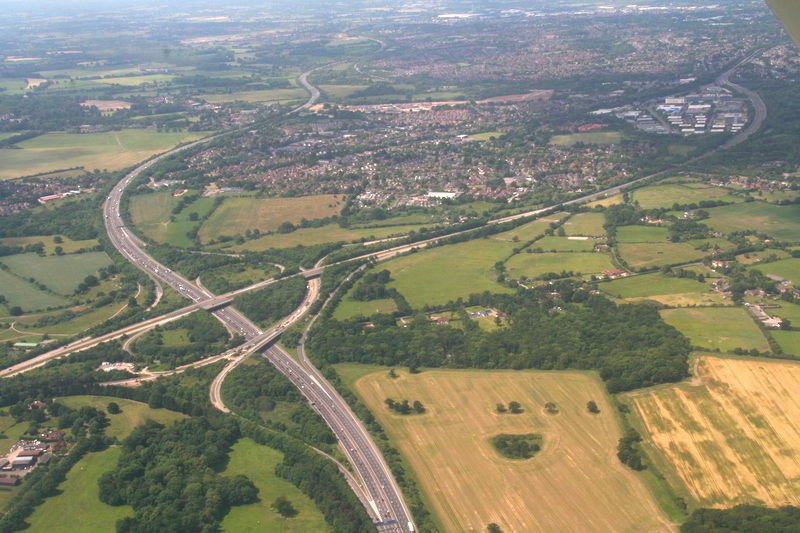Reading’s recent second place ranking behind Oxford as one of the best places to live and work in the UK, demonstrates the strong demand for property in the Thames Valley. Consequently, strategic land has been attractive to residential developers to help meet Government targets.
But with stagnation in that market, more and more industrial opportunities are emerging and, in recent years, strategic land across the Thames Valley has been targeted by an increasing number of developers of industrial schemes.
Charlie Nicholson, partner at Reading-based property consultancy and Thames Tap partner, Vail Williams LLP, considers why that is happening now.
The Thames Valley is well-known as a go-to place for large manufacturing and logistics business, boasting some of the UK’s leading players in this field, from the million sq ft Tesco distribution hub to Harrods’ 400,000 sq ft unit at Thatcham.
Demand continues to outstrip supply, driving rental values up as a result.
Add to this the fact that the death of the high street has increased online sales, creating more demand for last mile delivery/logistics provision across the region, and what you get is increased demand for high-quality industrial and warehouse units.
However, demand continues to outstrip supply, driving rental values up as a result.
In recent years, rents have risen by between 20-25 per cent across the Thames Valley and West London. Park Royal is now reaching £17-18 per sq ft, Heathrow about £16.50 per sq ft, and Reading is now £12 per sq ft.
Industrial as an attractive opportunity
For the developer, it is often cheaper, quicker and less contentious to deliver industrial sites than it is residential.
This is down to rising CIL and environmental deliverables in policies such as the Green Deal which are increasing development costs for residential schemes, placing a squeeze on the viability of such developments across, not just the Thames Valley, but the UK as a whole.
And with industrial schemes delivering vital employment uses on brownfield land, such opportunities can prove an attractive prospect for local authorities.
What we are seeing in the Thames Valley?
Headline new industrial stock rents are continuing to rise which is pushing industrial land values up as developers seek to build on strategic sites formerly earmarked for residential development.
Indeed, we are already starting to see the results of this at a number of strategic land sites which, initially expected to deliver residential, have resulted in the delivery of new industrial schemes and this is a trend which we expect to see continue into 2020.
The former ICI plant site in Slough, a brownfield site, close to the station and town centre, was expected to go for residential but went to Panattoni for industrial development.
Meanwhile, the 23-acre HPE site in Bracknell was sold to Chancerygate for a predominantly logistics use, as opposed to more residential as was initially expected.
And a site at J12 Theale which had been earmarked for housing, recently sold for logistics development because it was perfect strategic location for such a site close to Junction 12 of the M4.
So, what does all this mean?
There is strong demand for strategic development land in the Thames Valley area – at the right price and it can deliver a quicker return, whilst helping to deliver employment land use.
So, as we look ahead to 2020, landlords and developers should be prepared for more industrial development which will, of course, impact on land values.
There may well be change ahead regarding housing delivery following December’s election win by the Conservatives and this, together with rising industrial land values, may mean that landowners will want to consider bringing forth their land for industrial development in 2020.
* Image credit: By Chris, CC BY-SA 2.0, https://commons.wikimedia.org/w/index.php?curid=60623181
* Image caption: Area around M4 junction 10 between Wokingham and Winnersh. The image is facing west, with the M4 running from to top to bottom, and the A329M/A3290 running from left to right.









